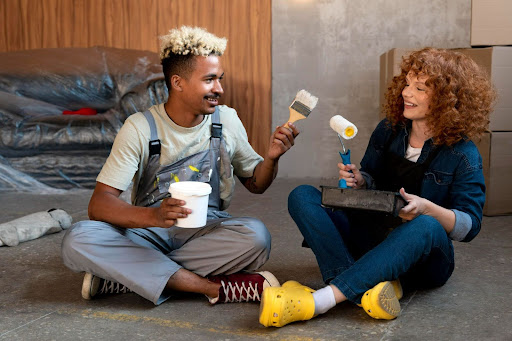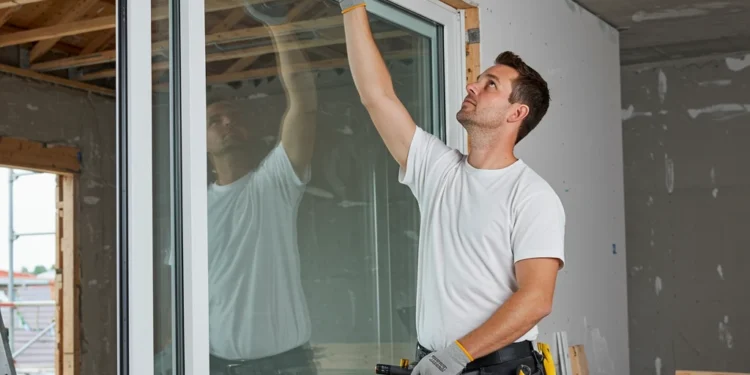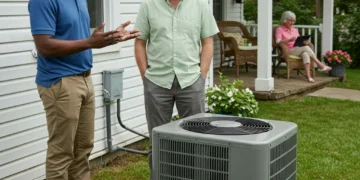Did you know that according to the World Green Building Council, a non-profit organization committed to achieving sustainable goals by 2050, buildings are responsible for nearly 39% of global carbon emissions?
This staggering statistic highlights the importance of sustainable practices in home renovations.
In this guide, we will explore practical steps to transform your living space into an eco-friendly haven.
From energy-efficient upgrades to sustainable materials, we’ll cover everything you need to know to embark on this green journey.
Let’s dive into the world of eco-friendly home renovations and discover how you can make a positive impact on the environment while enhancing your living space.
Energy-Efficient Upgrades
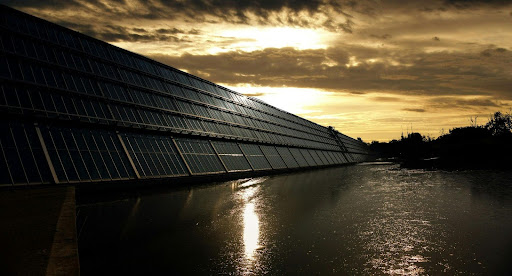
One of the most impactful ways to make your home eco-friendly is by focusing on energy efficiency.
Start by assessing your current energy consumption and identifying areas for improvement. Upgrading to energy-efficient appliances and lighting can significantly reduce your carbon footprint and lower utility bills.
Consider replacing old appliances with Energy Star-rated models, which use up to 50% less energy than standard appliances.
Another effective strategy is to invest in quality solar energy panels and efficient solar battery storage. Solar energy is a renewable resource that can power your home while reducing reliance on fossil fuels.
By harnessing the power of the sun, you can enjoy clean energy and potentially even sell excess power back to the grid.
| Fact: Solar panels can reduce your electricity bills by up to 62%, making them a cost-effective and sustainable choice for homeowners. |
Sofa Beds for Tiny Spaces
Furnishing tiny homes requires mindful choices that maximize space and support sustainability. Space-saving sofa couches are an excellent option, combining functionality with eco-friendly principles.
These versatile pieces not only serve dual purposes—offering comfortable seating by day and converting into a bed by night—but also align with the ethos of minimalism and efficiency central to tiny living.
Sofa beds are space-saving and eliminate the need for excess furniture, cutting down on waste and encouraging simplified living. Many sustainable models are also designed for durability and easy disassembly, which extends their lifecycle and makes future repairs or recycling more manageable.
Sustainable Materials and Furnishings
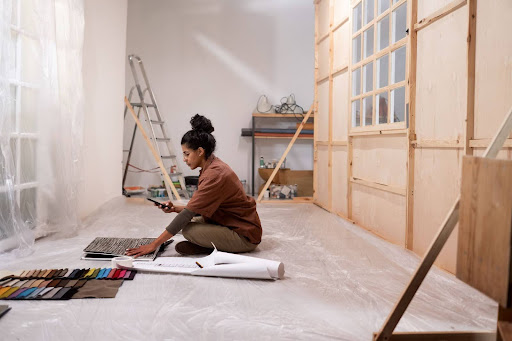
Choosing sustainable materials is crucial for eco-friendly renovations. Opt for materials that are renewable, recycled, or have a low environmental impact.
For instance, bamboo is an excellent choice—it’s a fast-growing, renewable resource that requires less water and fewer pesticides than traditional hardwoods.
Bamboo can be used for a variety of applications, such as flooring, cabinetry, wall panels, and even furniture, providing durability and aesthetic appeal.
Similarly, reclaimed wood is another sustainable option as it repurposes timber from old buildings, barns, or salvaged furniture, reducing deforestation. Not only does reclaimed wood add a unique character and charm to interiors, but it also minimizes waste by giving materials a second life.
For countertops or tiles, consider products made from recycled glass or concrete mixed with recycled aggregates. These materials combine style and sustainability, offering durability while utilizing recycled content.
Water Conservation Techniques

Water conservation is another essential aspect of eco-friendly home renovations. Start by installing low-flow fixtures in your bathrooms and kitchen.
These fixtures can conserve 700 gallons annually—equivalent to the water used in 40 showers without compromising performance. Additionally, consider upgrading to a dual-flush toilet, which uses less water for liquid waste and more for solid waste.
Rainwater harvesting systems are also an excellent way to conserve water. By collecting rainwater from your roof, you can use it for irrigation, flushing toilets, and even laundry. This not only reduces your water bills but also lessens the strain on local water resources.
Here’s a table that compares additional water conservation techniques that complement the ones already mentioned above:
| Technique | Description | Key Benefits |
| Greywater Recycling | Reuses water from sinks, showers, and laundry for irrigation or toilet flushing. | Reduces freshwater demand and promotes water reuse. |
| Drip Irrigation Systems | Uses a network of tubes to deliver water directly to plant roots slowly. | Minimizes water waste and maximizes irrigation efficiency. |
| Native Landscaping | Incorporates drought-tolerant plants and native species for landscaping. | Requires less watering, reducing water usage significantly. |
| Smart Water Meters | Monitors water usage in real-time and detects leaks. | Helps identify inefficiencies, prevent leaks, and optimize water usage. |
| Soil Moisture Sensors | Measures soil moisture levels to optimize watering schedules. | Prevents overwatering and reduces unnecessary water consumption. |
Insulation and Ventilation
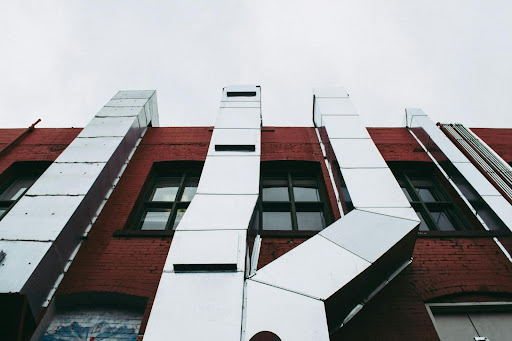
Proper insulation and ventilation are key to maintaining an energy-efficient home. Insulation helps keep your home warm in the winter and cool in the summer, reducing the need for heating and cooling systems.
Consider using eco-friendly insulation materials, such as cellulose, which is made from recycled paper, or sheep’s wool, a natural and renewable resource.
Ventilation is equally important for maintaining indoor air quality. Install energy-efficient windows and doors to prevent drafts and improve airflow.
Additionally, consider adding a heat recovery ventilation system, which can help reduce energy consumption by recycling heat from exhaust air.
Eco-Friendly Living Begins With You
Embarking on an eco-friendly home renovation journey is a rewarding endeavor that benefits both the environment and your wallet.
By focusing on energy-efficient upgrades, sustainable materials, water conservation, and proper insulation, you can create a home that is both beautiful and environmentally responsible.
Remember, every small change contributes to a larger impact, and your efforts can inspire others to follow suit.
As you plan your renovation, consider the long-term benefits of your choices and how they align with your commitment to sustainability. Together, we can build a greener future, one home at a time.

